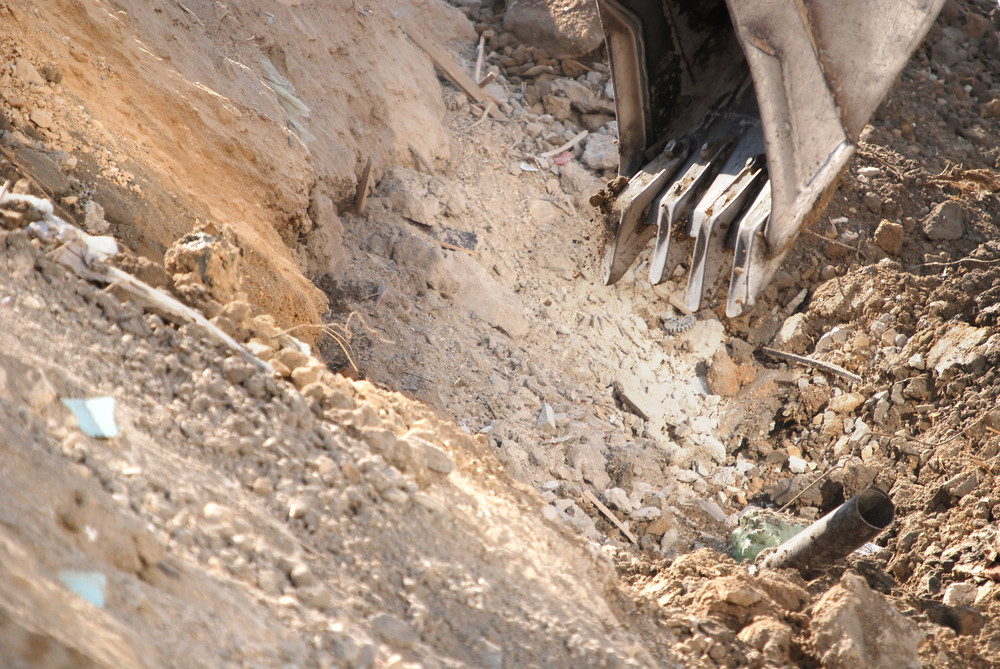
Environmental remediation services are essential in the modern world, where industrial activities and past practices have left many sites contaminated with hazardous substances. Remediation services refer to the comprehensive processes involved in cleaning up environmental media such as soil, groundwater, sediment, or surface water for the general protection of human health and the environment. These services play a crucial role in addressing pollution, ensuring that contaminated sites are restored to a condition that is safe for humans and the ecosystem. Understanding the scope, methods, and importance of remediation services is fundamental for businesses, governments, and communities aiming to manage environmental risks and comply with regulatory standards.
Scope of Remediation Services
The scope of remediation services is broad, encompassing various activities from site assessment and investigation to the actual cleanup and post-remediation monitoring. Initially, environmental consultants conduct detailed assessments to identify the types and concentrations of contaminants at a site. This phase often involves sampling and analyzing soil, water, and air to determine the extent of pollution and the potential risks to human health and the environment.
Following the assessment, remediation professionals develop a remediation plan tailored to the site’s specific conditions. This plan outlines the selected cleanup method(s), the project timeline, and the criteria for success, often defined by regulatory cleanup standards.
Methods of Remediation
There are several methods of environmental remediation, each suited to different types of contaminants and site conditions. These methods can be broadly classified into in-situ (treating the contamination without removing the contaminated material) and ex-situ (removing the contaminated material to treat it elsewhere).
- In-situ Remediation: This includes techniques like bioremediation, where microorganisms are used to break down pollutants; chemical oxidation, which involves injecting chemicals to destroy contaminants; and phytoremediation, using plants to absorb or break down pollutants.
- Ex-situ Remediation: Methods include excavation and removal of contaminated soil for treatment or disposal; soil washing, which separates contaminants from soil particles; and thermal desorption, heating soil to vaporize contaminants for collection and treatment.
Importance of Remediation Services
Remediation services are critical for protecting public health and the environment from the adverse effects of pollution. By removing or neutralizing pollutants, remediation efforts help to prevent contaminated water, soil, and air from harming ecosystems and human populations. Additionally, these services facilitate the safe redevelopment of brownfield sites, turning previously unusable areas into productive community resources.
Environmental remediation also plays a vital role in legal and regulatory compliance. Many jurisdictions have strict regulations governing the management of contaminated sites, and failure to address environmental liabilities can result in significant fines and legal action. By engaging in remediation services, property owners and responsible parties can demonstrate their commitment to environmental stewardship and regulatory adherence.
Challenges and Considerations
Environmental remediation can be complex and costly, requiring careful planning and execution. Challenges include accurately assessing the extent of contamination, selecting the most appropriate and effective remediation method, and managing the project’s costs and timelines. Moreover, public perception and community involvement can significantly impact the remediation process, emphasizing the need for transparency and engagement with local stakeholders.
Remediation services are indispensable in the pursuit of a cleaner, safer environment. By addressing contamination issues head-on, these services not only mitigate immediate health and ecological risks but also contribute to the long-term sustainability of our planet. Whether through bioremediation, chemical treatment, or physical removal, the goal remains the same: to restore contaminated sites to conditions that are safe for both people and the environment. As we continue to confront the challenges of pollution and environmental degradation, the role of remediation services will undoubtedly remain at the forefront of environmental management strategies.



